You've likely heard stellar products and competitive pricing are the foundations of success. While they're true, they're not the complete picture. It's about what you offer and how your customers feel about the experience.
A common oversight believes that top-tier products alone guarantee customer satisfaction and repeat business. But customer experience (CX) can set you apart in today's competitive market. Therefore, measuring CX meticulously to guide your business effectively is crucial.
This is where Customer Experience Surveys (CX Surveys) come in. They're a systematic tool to gain insights into your customer's experiences, preferences, and pain points. They offer a roadmap to shape your products and customer journey around what your customers truly value.
In this blog, we'll explore CX surveys in-depth, understand their importance, provide tips for conducting them effectively, and discuss the best tools available. This will ensure you tap into vital insights to drive business growth.
What Is a Customer Experience Survey?
A customer experience (CX) survey is a method of gathering customer feedback about their experiences and interactions with a company. These surveys are designed to gain insights into how customers perceive a company's products, services, and overall brand.
A CX survey may cover various aspects of a customer's journey with a company, from initial contact or discovery, through the purchasing process to post-purchase support and follow-up. They typically include questions about:
- The customer's satisfaction with the product or service
- Their interaction with customer service
- Their perception of the company's reputation
- Their likelihood to recommend the company to others
The feedback collected through CX surveys can reveal both strengths and weaknesses in a company's customer experience. They provide actionable insights that can be used to improve products, services, and customer interactions. This, in turn, can lead to increased customer loyalty, positive word-of-mouth, and, ultimately, business growth.
In the digital age, CX surveys are often conducted online, using various tools to collect, analyze, and interpret customer feedback. They can be presented in different formats, including questionnaires, rating scales, or open-ended questions, depending on the specific information the company is seeking.
Why Is Customer Experience Surveys Important?
Customer experience (CX) surveys significantly affect a company's success. They allow businesses to engage directly with customers and learn from their experiences. Here are a few reasons why they're crucial:
1. Strengthen Customer Relationships
A CX survey plays a vital role in showing customers that their opinions and experiences matter. This act of seeking feedback sends a clear message from the company. It shows that the company genuinely cares about its customers, thus enhancing their bond. Furthermore, this understanding and attention to customer satisfaction contribute positively to customer retention.
2. Identify Areas for Improvement
No business is perfect; there will always be areas that could benefit from refinement. CX surveys provide direct insights into what is working and what isn't from the customer's perspective. This feedback is invaluable in identifying weaknesses in your products, services, or customer service, which can then be addressed and improved.
3. Guide Business Strategy and Decisions
The customer feedback obtained from CX surveys can be used to inform strategic business decisions. Whether it's about product development, marketing strategies, or customer service improvements, these insights ensure that your business decisions are aligned with your customer's needs and expectations.
4. Enhance Brand Loyalty
When customers see their feedback used to make improvements, it increases their trust in the brand. This, in turn, enhances brand loyalty. Also, when a company responds to customer feedback, it improves the overall customer experience.
A positive experience can encourage customers to share their satisfaction with others. They may recommend the company or become brand advocates. Such positive word-of-mouth can be highly beneficial in today's competitive business environment.
Top 5 Tips for Crafting Effective CX Surveys
Creating a compelling customer experience (CX) survey requires a good understanding of your objectives and your customers. It's not just about asking questions; it's about asking the right questions in the right way. Here are the top five tips to guide you in crafting your CX survey:
1. Ask the Right Questions
Your CX survey's effectiveness starts with the questions you ask. These questions should be specific, relevant, and aimed at gathering insights about the customer's experience. Avoid vague or general questions that might lead to ambiguous responses. Instead, tailor your questions to address specific aspects of your product, service, or overall customer journey.
For example, instead of asking, "Did you like our service?" a more specific question could be, "How would you rate the ease of navigating our website?" or "How satisfied were you with the speed of our customer service response?"
Remember to align your questions with your overall business objectives. Are you looking to improve product quality, boost customer service, or enhance website usability? Your questions should help you gather actionable insights aligned with these objectives.
2. Balance the Length of the Survey
Survey length is a delicate balance. On the one hand, you want to gather as much information as possible. Conversely, you don't want to overwhelm your customers with a long list of questions, as they may lose interest and abandon the survey.
A good rule of thumb is to keep your survey under 10 minutes. Research suggests this is the optimal time respondents are willing to spend on a survey. Prioritize your questions and focus on what's most important to your objectives.
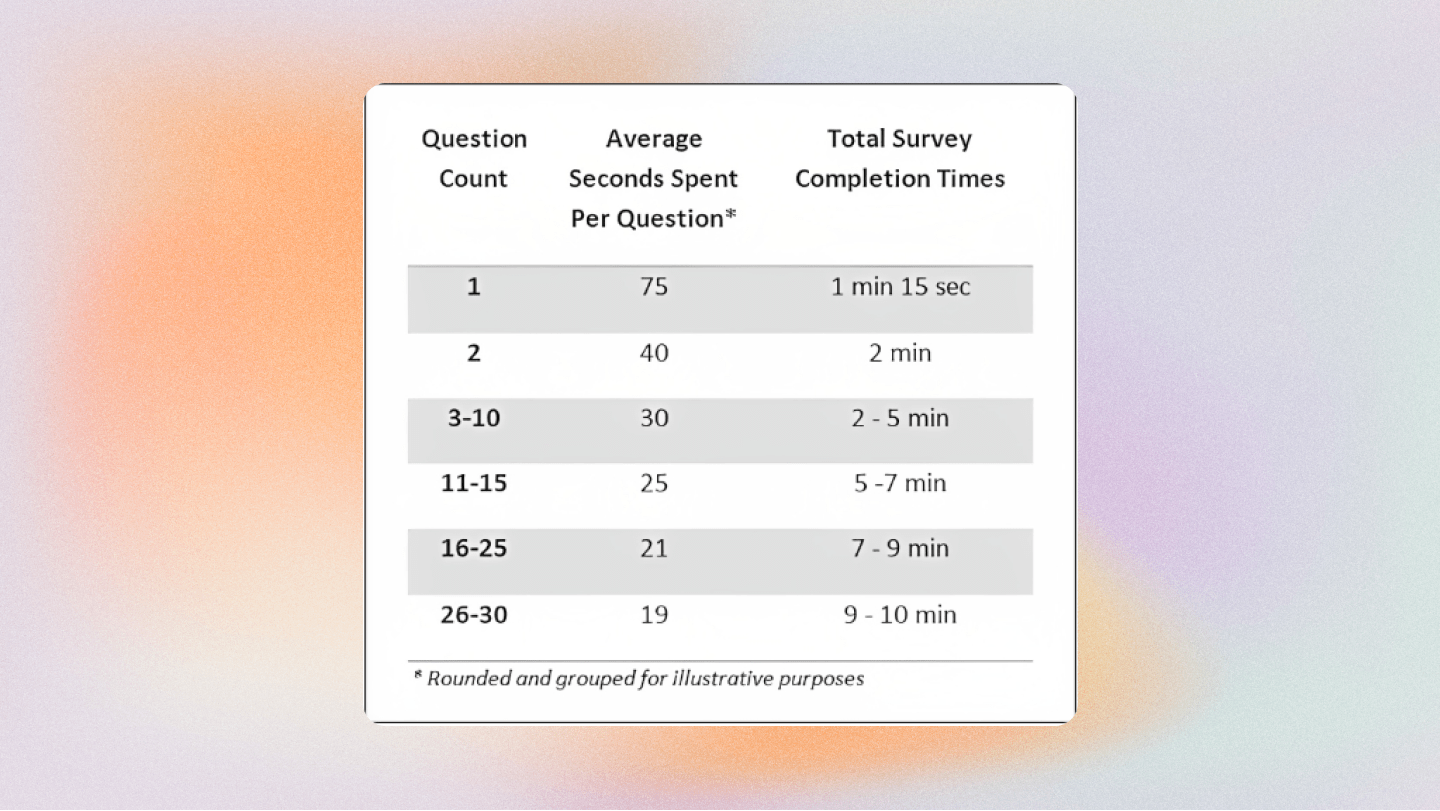
3. Ensure Clarity and Ease of Understanding
The clarity of your questions is crucial. Complex, confusing, or jargon-filled questions can lead to inaccurate responses or discourage customers from completing the survey. Each question should be clear, concise, plain, and understandable.
Furthermore, consider the structure of your survey. Use a logical order for your questions, starting from the general to the more specific, and group related questions together. This structure will make the survey easier for customers to follow and complete.
4. Incorporate Open-Ended Questions
While rating scales and multiple-choice questions can provide quantitative data, open-ended questions allow customers to express their opinions in their own words. This can provide rich, qualitative data and uncover insights you might not have considered.
Include a few open-ended questions in your survey, such as "What do you like most about our product?" or "What improvements would you suggest for our service?" Just be careful not to overdo it, as these questions require more effort to answer, and too many could discourage survey completion.
5. Ensure Anonymity and Privacy
Anonymity can encourage honesty. Customers may feel more comfortable providing truthful feedback if they know their responses cannot be traced back to them. Make sure to communicate clearly at the beginning of your survey that the responses will remain anonymous.
In addition, respect your customers' privacy. If you're collecting personal data, ensure you comply with all relevant data protection laws and regulations. Explain why you're collecting the data, how it will be used, and how to protect it.
Step-by-Step Guide: How to Conduct a CX Survey
Conducting a customer experience (CX) survey is a process that requires careful planning and execution. To maximize your survey's effectiveness, follow this step-by-step guide:
1. Establishing Your Objectives
Before you start crafting your survey, defining what you hope to achieve is essential. Do you want to measure customer satisfaction, identify areas for improvement, or gauge the effectiveness of a recent change in your service? Clear objectives will guide the rest of your process, from survey design to the analysis of the results. They provide a benchmark against which you can measure your success.
2. Designing the Survey
Once your objectives are set, you can start creating your survey. As discussed earlier, it's crucial to ask the right questions, maintain a balance in length, ensure clarity, include open-ended questions, and respect privacy. Remember to start with a short introduction that explains the purpose of the survey and how long it will take.
Consider your rating scales carefully - a Likert scale (from strongly disagree to strongly agree) might be useful for some questions, while a numerical scale might work better for others. Varying your question types can also make the survey more engaging.
Test your survey before sending it out. Look out for any confusing questions or technical glitches, and ensure it's user-friendly and visually appealing.
3. Sampling and Distribution Strategy
Deciding who to send your survey to and how to reach them is critical. Your survey sample should represent your entire customer base to get a complete picture of the customer experience. Depending on your objectives, you might send the survey to all your customers or only to a segment.
As for distribution, consider your customers' preferences and habits. Online surveys can be emailed, shared on social media, or presented as a pop-up on your website. You might opt for mail or phone surveys if your customers are more traditional.
4. Collecting and Analyzing Responses
Once your survey is distributed, it's time to collect and analyze the responses. Look for patterns and trends in the data. Are there any recurring issues or particularly high points of praise? Use statistical analysis for quantitative data and text analysis for open-ended responses.
It's important to look at your data in relation to your initial objectives. Are you meeting your targets? Where do improvements need to be made?
5. Implementing Changes Based on Feedback
The final step is arguably the most important. The insights gained from your CX survey are meaningless unless they lead to action. Use your findings to formulate a plan to address the issues raised and enhance your strengths.
Implement the changes gradually and monitor their impact. It can also be beneficial to share key findings and actions taken with your customers, demonstrating that you value their feedback.
Conducting a CX survey isn't a one-time process. Regular surveys will allow you to track changes over time, measure the impact of the changes you've implemented, and continue to improve your customer experience.
Best Tools for Conducting CX Surveys
When it comes to conducting CX surveys, several tools stand out in the market for their robust features, user-friendliness, and comprehensive data analysis. Here's a closer look at some of the best tools available:
Olvy
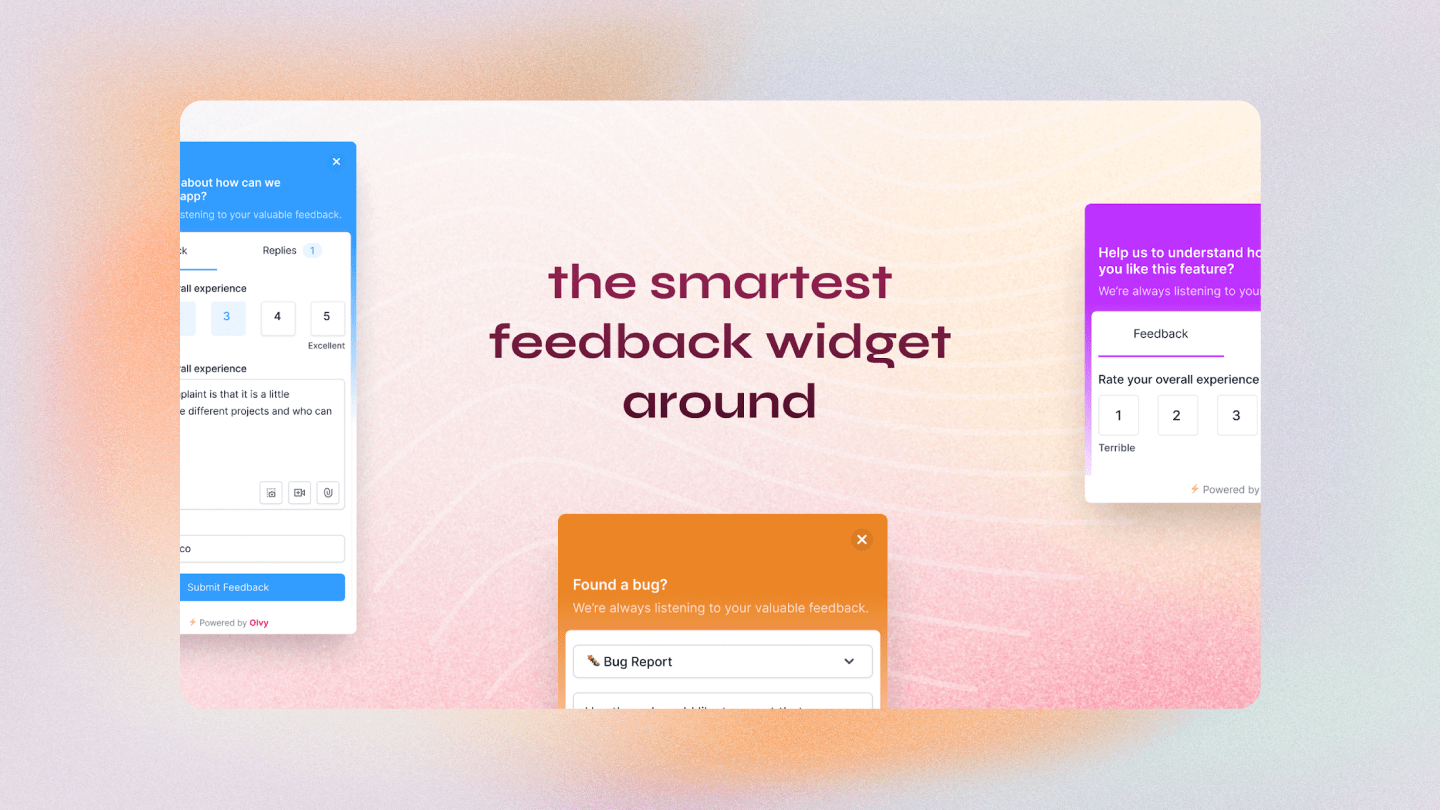
Olvy is a cutting-edge tool that redefines how businesses conduct CX surveys. Its innovative features and user-friendly interface make it stand out.
At the heart of Olvy is its AI-powered feedback analysis. Leveraging GPT-4, Olvy can process and summarize a large volume of user feedback, offering actionable insights that can drive your business strategy. It also conducts sentiment analysis and keyword extraction, helping you understand what your customers like, what they don't, and their overall satisfaction level.
Olvy offers customizable feedback widgets that go beyond simple text inputs. It allows users to add ratings, answer custom questions, add files, and even submit video recordings and screenshots.
Moreover, Olvy ensures that user feedback is carefully managed. It can aggregate similar feedback and integrate seamlessly with your project management tools, enabling an automatic two-way sync. You can also respond directly to feedback within your app, effectively closing the feedback loop.
Olvy's widgets are a complete package that aligns with your brand and content guidelines. Olvy also offers a feedback translation feature for businesses with a global user base, enabling users to share feedback in their own language.
SurveyMonkey
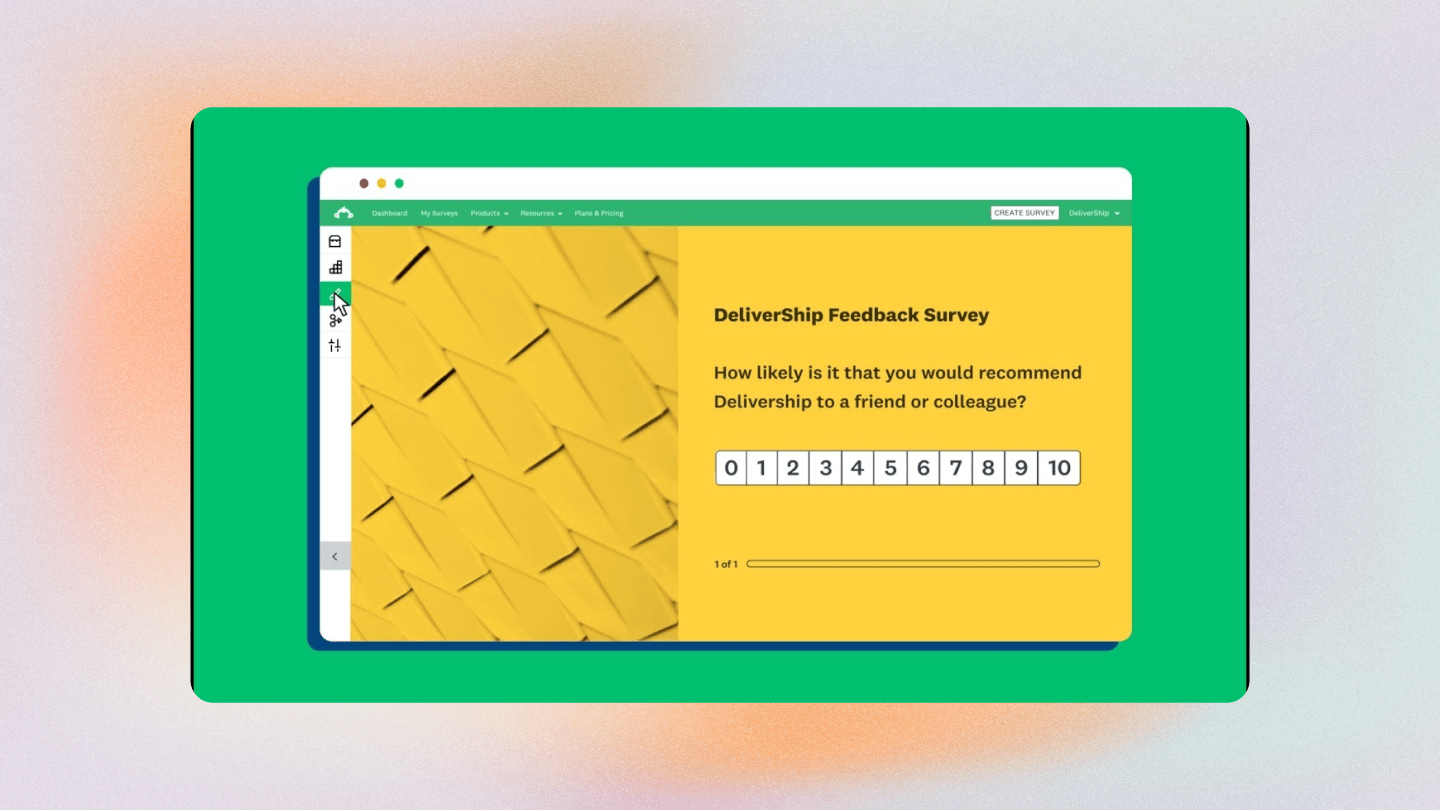
SurveyMonkey is a widely used tool for creating and distributing online surveys. Its easy-to-use interface, extensive question library, and strong data analysis capabilities make it a go-to choice for many businesses.
Typeform
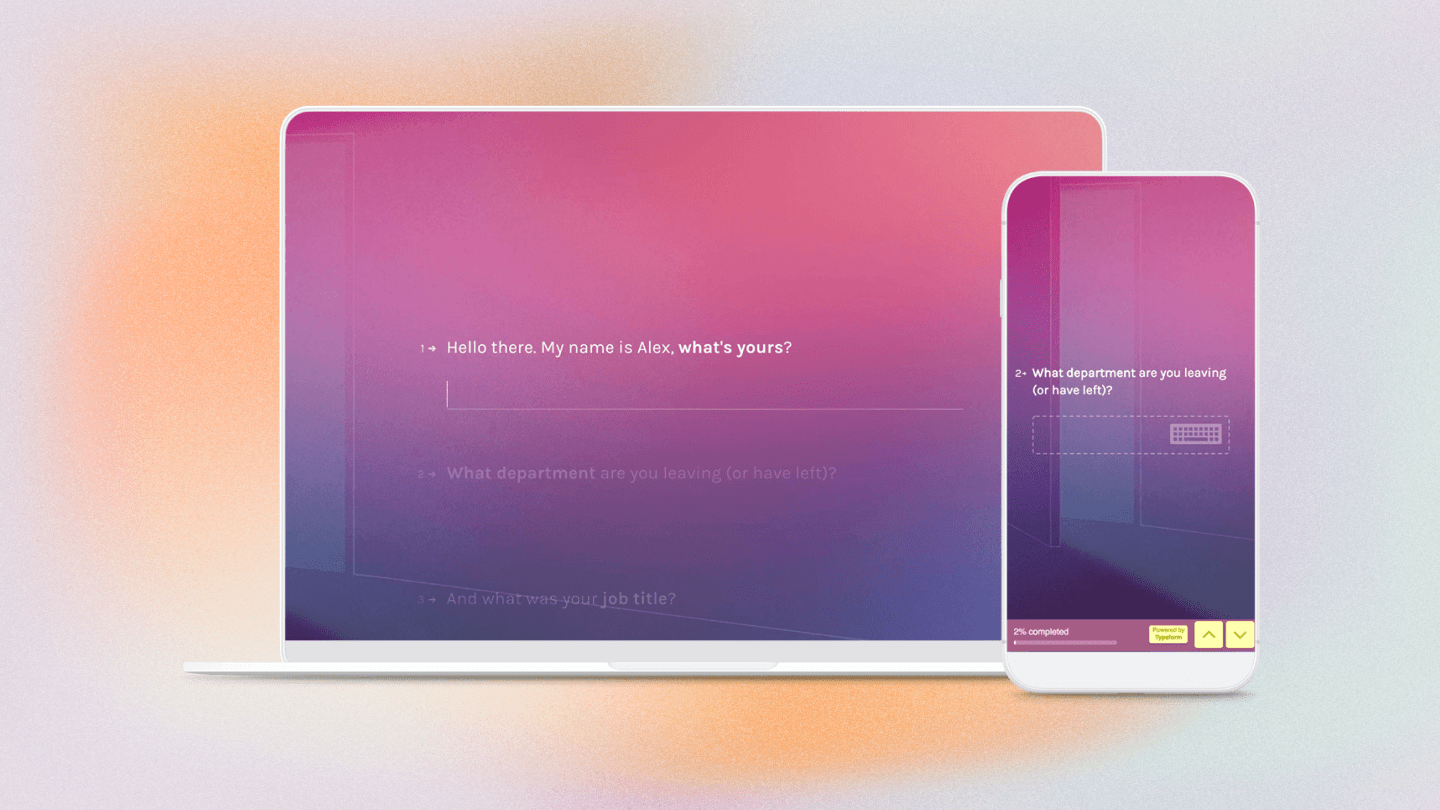
Typeform offers interactive surveys that keep users engaged. Its unique design gives a conversational feel to surveys, increasing completion rates. Plus, Typeform integrates with various platforms, making distributing your survey and analyzing the results quick and easy.
Qualtrics
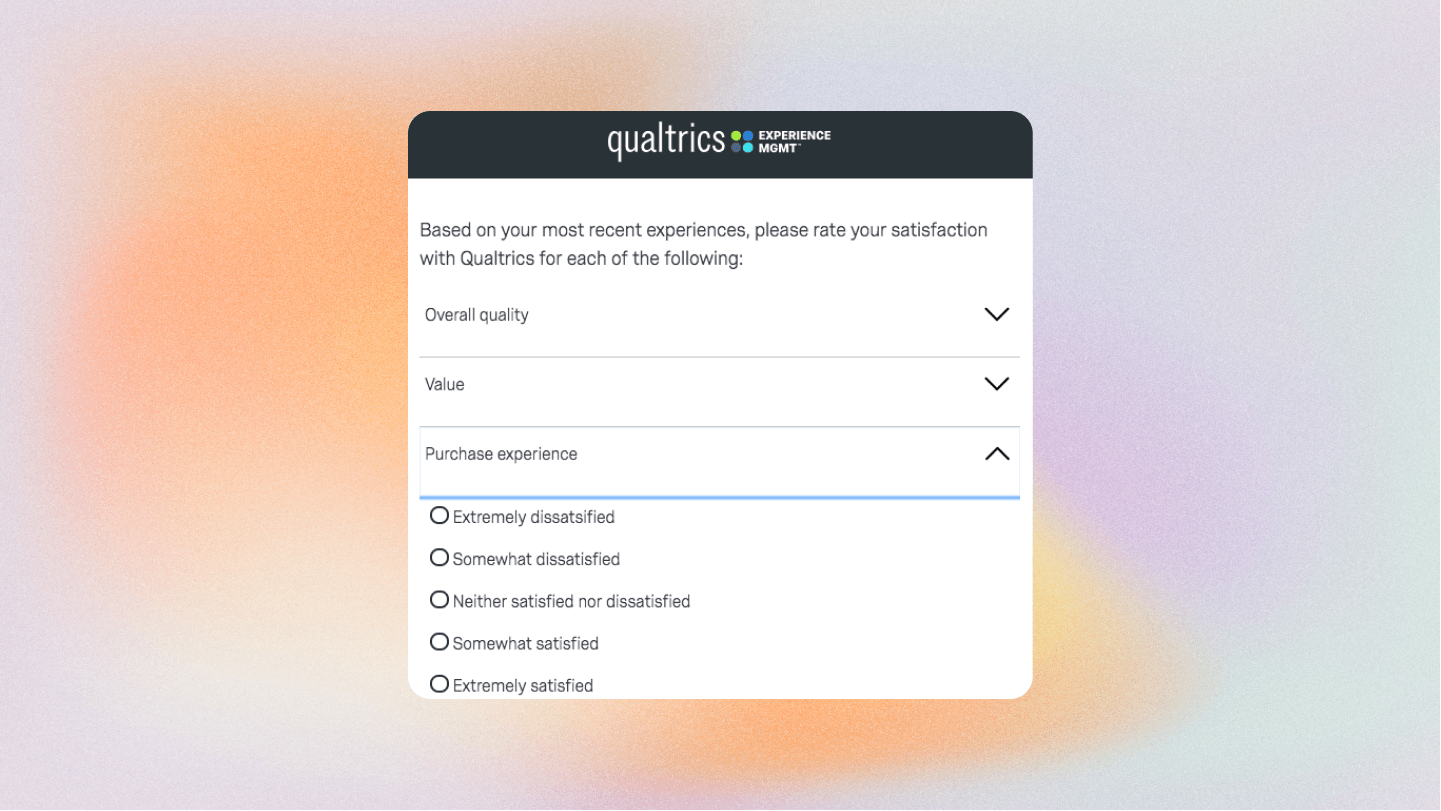
Qualtrics is a powerful tool that offers a wide range of question types and robust analytical tools. It's known for its data analysis and reporting capabilities, making it a suitable option for businesses looking for in-depth insights into a unified customer experience.
Google Forms
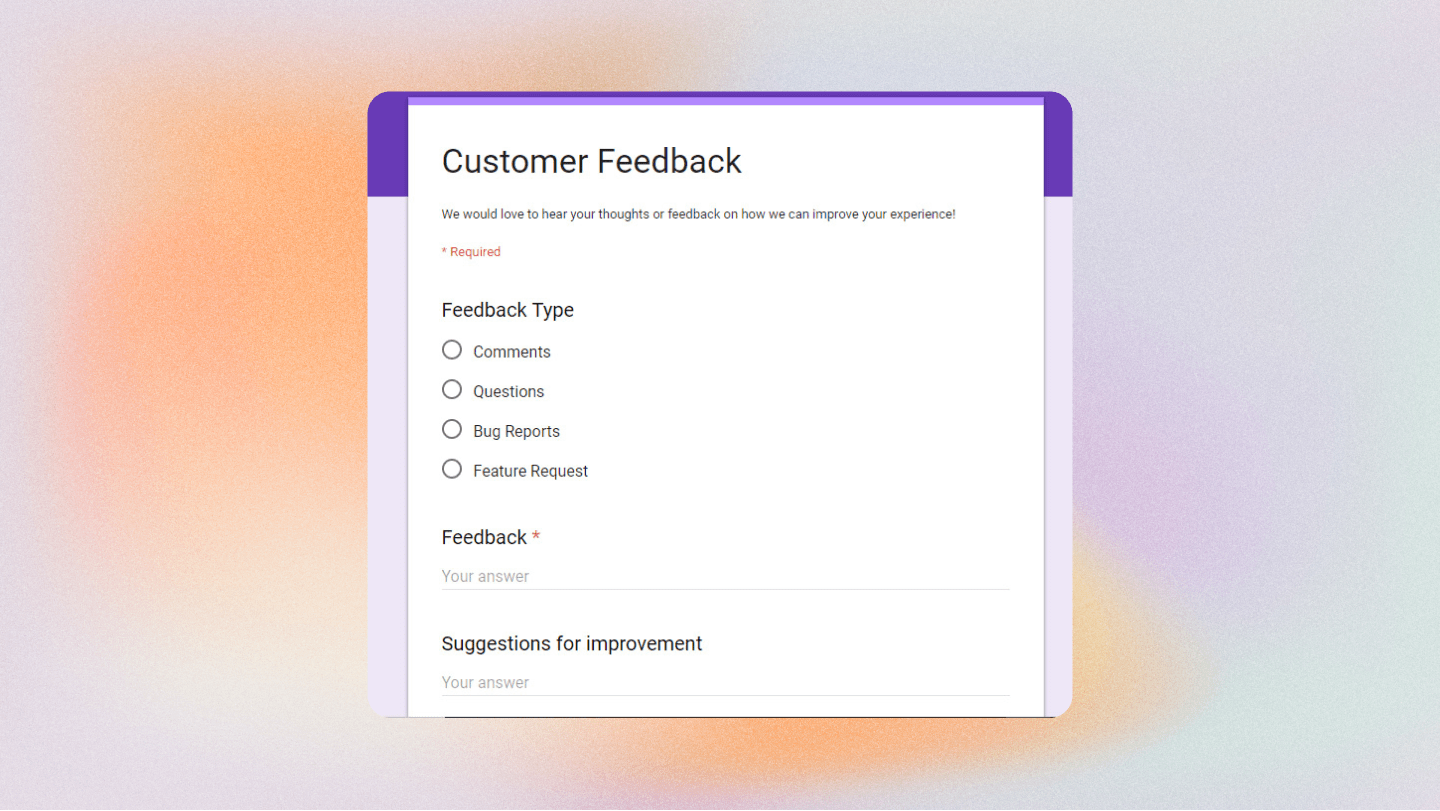
Google Forms is a straightforward, free tool for creating surveys. While it might not have the advanced analysis features of some other tools, it's user-friendly and integrates well with other Google services.
Conclusion
As the business landscape evolves, one thing remains constant: the customer is king. With CX surveys, you ensure your customers are heard, their experiences are optimized, and your business stays ahead in a competitive market.
Constructing an effective CX survey, however, requires strategic planning. From asking the right questions to ensuring clarity and maintaining privacy, every aspect of the survey process counts. Leveraging the right tools can streamline this process, making gathering, analyzing, and acting upon customer feedback easier.
Always keep the conversation with your customers open, and never stop improving the experience you provide.


